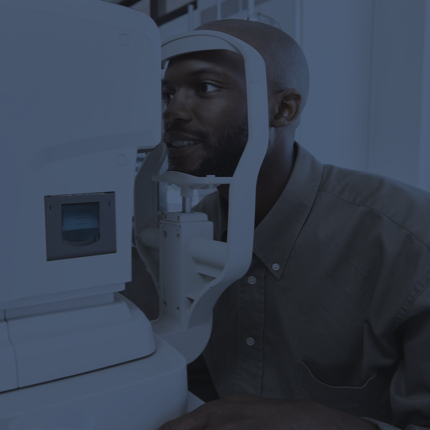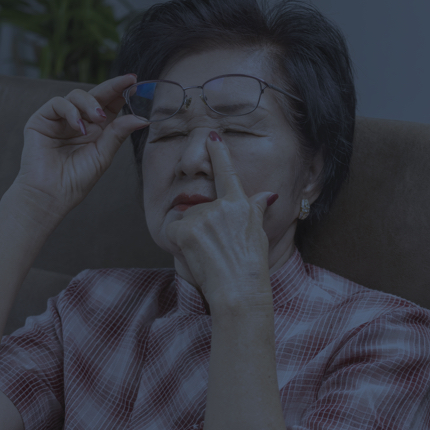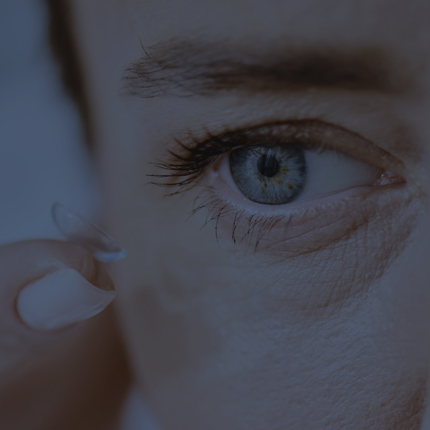It happens to many of us – out of the blue, your eyelid starts twitching uncontrollably, and you’re sure everyone around you can see it. Fortunately, in the majority of cases it is an occurrence that is bothersome at most.
Myokymia is a general term used to describe a quivering or involuntary movement of a single muscle or muscle group around the eye. It is caused by a misfiring of the neurons supplying the eyelid muscles. The most commonly affected muscle is the orbicularis oculi muscle that closes the lids over the eye. This results in subtle twitching of the upper and/or lower eyelid. Less commonly, the superior oblique muscle, which moves the eye down and toward the nose, may be involved. In this case, a person may suffer from double vision or oscillopsia (a visual sensation that stationary objects are moving) during an episode.
While an eyelid myokymia feels incredibly noticeable to the sufferer, it is barely perceptible to any observer. This condition usually occurs in young, healthy individuals and tends to present intermittently at different times throughout the day. Frequent contributing factors include too much caffeine, high levels of anxiety, fatigue, stress, overwork, and a lack of sleep. Usage of certain drugs and alcohol may also be involved. . Eye irritation or a foreign body in the eye can also be triggers – these should be assessed for by your eye care practitioner.
Eyelid myokymia most often resolves spontaneously, but it can persist for weeks to months in some cases. Cold compresses over the eyes may help suppress the twitching, but the most beneficial treatment is to relieve the contributing factors. Reducing caffeine and alcohol intake, getting more sleep and stress management will typically allow resolution of the condition. Although there are no clinical studies, there is anecdotal evidence that topical or oral antihistamines can be helpful. For more severe or prolonged courses of eyelid myokymia, Botox injection may be considered.
In rare situations, this condition can occur as a precursor to blepharospasm, a more severe form of myokymia, or hemifacial spasm. If the myokymia persists or involves other facial muscles besides the eyelids you should see your optometrist or family physician for further assessment.


















